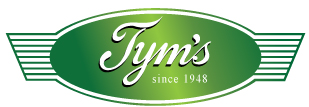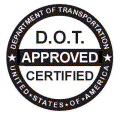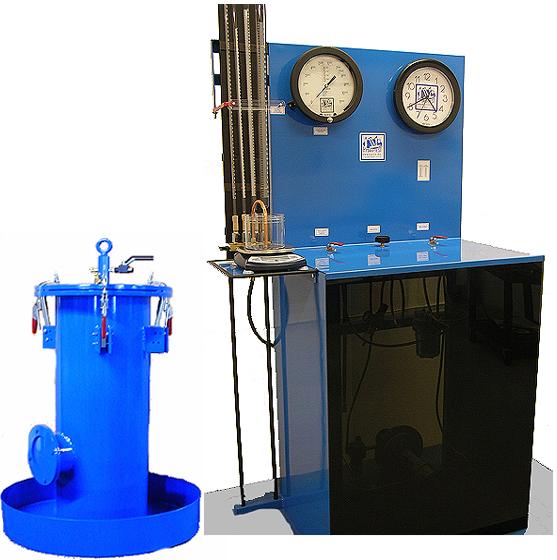
Pressure Testing - DOT Hydrostatic Testing Faq - 3A, 3AA, 3AL, 3HT |
 |
|
 Tym’s is DOT approved to hydrostatically test most kinds of cylinder assemblies. Testing is also available for foreign, experimental, and engineering sample compressed gas containers. Tym’s is DOT approved to hydrostatically test most kinds of cylinder assemblies. Testing is also available for foreign, experimental, and engineering sample compressed gas containers.Hydrostatic testing FAQ’s The Department of Transportation (DOT) requires all cylinders to be hydrostatically tested every 3, 5, or 10 years. The time allowed by law is determined by a variety of factors such as the type of material, the gas it contains, its age, and special permits the cylinder may have been manufactured under.  A “hydro test” is an approved way to test the structural integrity of a compressed gas container. It is performed by removing the valve, filling the container with water, and then pressuring the container above its operating limit. The expansion of the cylinder is measured, recorded, and analyzed. If cylinder expands beyond certain limits, the cylinder must be condemned. A “hydro test” is an approved way to test the structural integrity of a compressed gas container. It is performed by removing the valve, filling the container with water, and then pressuring the container above its operating limit. The expansion of the cylinder is measured, recorded, and analyzed. If cylinder expands beyond certain limits, the cylinder must be condemned.
In most cases corrosion or other damage, internal or external, will render a cylinder useless before a failed hydrostatic test. This depends on the rating of the cylinder and the date it was last tested. The month and year of each hydro test is stamped onto the cylinder between a letter and four numbers identifying the tester. It is 3, 5, or 10 years from this date that the next hydro test is due. All cylinders have ratings that start with “DOT” or “ICC,” followed by the service pressure of the container. For example “DOT 3AA 1800” means a DOT approved cylinder made to the “3AA” specification rated for 1800 psi. Some common ratings and test intervals are below: 5-Year test:DOT 3A ICC 3A DOT 3AA ICC 3AA DOT 3AL 3-Year test: DOT 3HT 10-Year test: DOT 3AA with a “star” following the last hydro test date. Some cylinders have a 5-point star stamped into the cylinder after the last hydro test date making them eligible for a 10-year test under certain circumstances. Various: Retest and Inspection of Cylinders Table
1 Any cylinder not exceeding 2 inches outside diameter and less than 2 feet in length is excepted from volumetric expansion test. 2 For cylinders not marked with a service pressure, see § 173.301a(b) of this subchapter. 3 This provision does not apply to cylinders used for carbon dioxide, fire extinguisher or other industrial gas service.
Hydrostatic Testing & Tank Incpection
A hydrostatic test includes filling the container with a practically incompressible liquid (water) and examining it for leaks or changes in shape. The test pressure is considerably higher than the operating pressure to ensure safety. Usually 150% of the operating pressure is applied. Water is used in hydrostatic testing as it is almost incompressible and will only expand by a very small amount. In case of high-pressure gas use, it could exceed its compressed volume, posing a great risk of explosion. The Department of Transportation (DOT) recommends visual inspections to be performed on a regular basis as well. The DOT demands that hydrostatic retesting and re-qualification would be handled by registered specialists who have been certified by the DOT. At Tym’s Inc. all the necessary qualifications for hydrostatic testing are met, so you can trust our company for examining your compressed gas cylinders. Many other companies charge everyone for hydro testing, especially when tanks are exchanged. Tym’s Inc. does not do that, if your tank does not require hydrostatic testing, you don’t pay for it! The object of the pressure tank testing is to check if there is a significant drop of pressure which usually signals of a crack or hole in the tank. Pressure accumulation is a potentially dangerous situation, that’s why this kind of testingshould be conducted by a plumbing professional. Contact Tym’s Inc. and we will conduct both types of testing for you! |
|
| DOT Hydrostatic Pressure Testing Los Angeles |